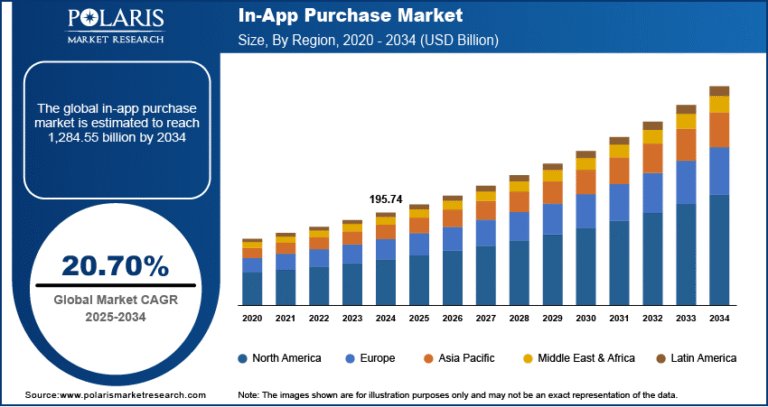Smart Card Market Size, Share & Trends Analysis growing at a CAGR of 6.1% from 2025 to 2030

The global smart card market size was estimated at USD 15.40 billion in 2024 and is projected to reach USD 21.73 billion by 2030, growing at a CAGR of 6.1% from 2025 to 2030. A smart card is a tangible card that houses embedded memory or a microcontroller within a contact pad.
Market Size & Trends:
- The smart card industry in the Asia Pacific region dominated the market in 2024, accounting for over 38% share of the global revenue.
- The U.S. smart card industry is expected to grow significantly in 2024.
- By type, the MPU microprocessor segment led the market in 2024, accounting for over 60% share of the global revenue.
- By interface, the contactless segment accounted for the largest market revenue share in 2024.
- By Functionality, the communication segment accounted for the largest market revenue share in 2024.
Key Market Statistics:
- 2024 Market Size: $15.40 Billion
- 2030 Estimated Market Size: $21.73 Billion
- CAGR: 6.1% (2025-2030)
- Asia Pacific: Largest market in 2024
- North America: Fastest growing region
Request a free sample copy or view report summary: https://www.grandviewresearch.com/industry-analysis/smart-card-industry/request/rs1
It establishes a connection with a reader via short-range wireless technologies or direct physical contact methods like radio-frequency identification (RFID) or near-field communication (NFC). Smart cards use encryption to provide safety for in-memory information and are generally developed to be tamper-resistant. Those equipped with a microcontroller chip can perform on-card processing tasks and manage data stored in the chip’s memory.
The market is anticipated to grow significantly over the forecast period. The expansion is fueled by multiple factors, including an upsurge in cashless transactions, rapid digitalization, and increased demand across diverse industry verticals, all of which collectively propel the advancement of the smart card industry. Moreover, the emergence of a novel information security paradigm for users, made possible by blockchain technology, is poised to unlock new avenues for the market. Smart cards’ adept handling of cryptographic keys facilitates secure and seamless transactions within blockchain applications.
The major factors influencing the growth of the smart card industry are the increasing demand for payment systems that offer both security and convenience, coupled with the rising necessity for robust identification and authentication methods. Smart cards play a key role in serving as effective tools for access control, secure login procedures, and digital signatures, all of which are extensively utilized for identification and authentication. As various industries increasingly require stringent identity verification measures, the demand for smart cards is projected to grow significantly.






